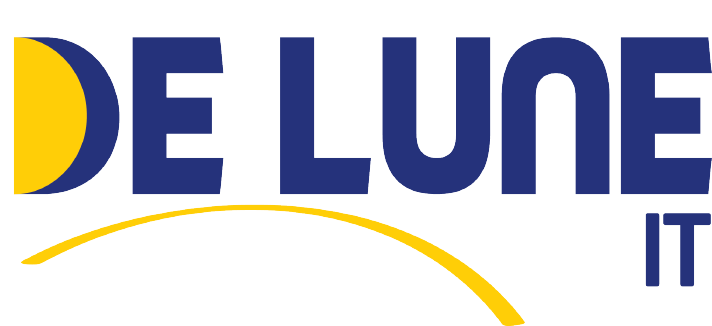It’s not hard to fine headlines heralding the integration of generative AI tools into various products and services. From Salesforce’s plan to integrate “Einstein GPT” across its platform to Adobe’s launch of Firefly generative AI for image editing, and Morgan Stanley’s testing of an OpenAI-powered chatbot for its 16,000 financial advisors. This showcases a shift from experimentation to full-scale implementation of generative AI.
As companies embrace AI tools like ChatGPT to augment chat functionality and information discovery services, it’s clear that AI is reshaping the business landscape, akin to the transformative impact of cars in the 20th century.
Alongside this transformative power comes the necessity for guardrails to mitigate potential harm.
Why You Need AI Guardrails
Research from the University of Southern California reveals that a troubling 38.6% of ‘facts’ generated by AI carry biases. Google’s Bard AI encountered initial challenges, including notable mistakes and hallucinations where it fabricated facts. Microsoft’s Bing chatbot struggled to distinguish key financial data, requiring human intervention to rectify errors. OpenAI’s ChatGPT also experienced hallucinations, even inventing fictional court cases during legal research. AI tools have also fallen short in aiding COVID-19 diagnoses, with none of the 415 examined tools deemed suitable for clinical use. And Zillow faced a $300 million write-down due to inaccuracies in its Offers program, which utilized an AI-driven algorithm to price homes. These failures show the significant risks to businesses using generative AI without putting AI guardrails in place.
Guardrails to AI act as highway barriers, ensuring it operates safely within proscribed ethical and legal boundaries. Establishing effective AI guardrails is challenging due to rapid technological advancement, diverse legal systems, and the delicate balance between innovation and safeguarding privacy, fairness, and public safety. Yet, they are crucial for maintaining public trust and ensuring responsible AI development and deployment.
Responsibility for creating AI guardrails rests on a collaborative effort involving various stakeholders including Big Tech companies, startups, researchers, civic organizations, ethicists, government agencies, and legal experts. While this diversity enriches the discussion it also makes reconciling competing priorities even more challenging.
How Do You Put AI Guardrails in Place?
AI guardrails come in various forms, including technical controls, policy-based guidelines, and legal frameworks. Each type plays a distinct role, contributing to a comprehensive framework that enhances AI safety and accountability.
- Technical Controls
Technical controls are embedded directly within AI workflows, serving as operational processes integral to the AI’s day-to-day functioning. These include watermarks for AI-generated content, validation tests to verify behavior, business rules dictating behavior, feedback mechanisms for error reporting, and security guidelines to prevent misuse.
Practical examples illustrate the importance of these technical controls. For instance, in AI-powered chatbots, embedding a company’s values and tone ensures consistent communication, enhancing customer trust. Similarly, prioritizing truth and safety in search results mitigates risks of misinformation, while tailored search functionality in critical-component manufacturing ensures accuracy and efficiency.
- Policy-based Guidelines
Policy-based guardrails influence the design and management of AI workflows, encompassing guidelines for data collection, ethical considerations, regulatory compliance, intellectual property rights, safety criteria, and accessibility directives.
- Legal Frameworks
Legal guardrails consist of enforceable measures shaping the AI governance landscape, such as legislation addressing liability, executive orders mandating provisions, proposed amendments, bills limiting use, and executive orders requiring transparency.
Navigating the AI Revolution Without Risking Your Business
The recent surge in AI integration underscores the urgent need for robust guardrails. Technical controls, policy-based guidelines, and legal frameworks form the foundation of effective AI governance. By embedding accountability, transparency, fairness, and privacy protection into AI workflows, these guardrails mitigate potential harms and foster trust among users and stakeholders.
In a world where AI permeates every facet of our lives, responsible development, deployment, and usage are paramount. With well-designed guardrails, we can navigate the AI revolution, harnessing its benefits while safeguarding against risks.
